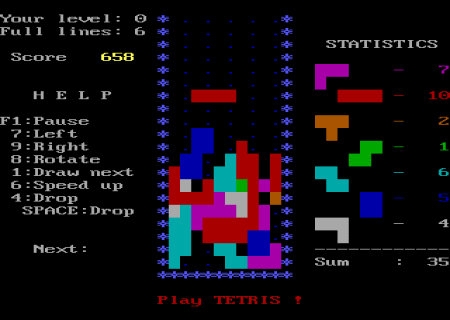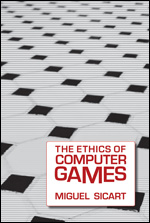Olli Sotamaa has defended his PhD at the University of Tampere. The PDF is available here. Congrats!
Abstract:
This dissertation presents a cultural approach to player production. The contribution of my work to the current scholarship on players is to broaden the understanding of the relation between play and other forms of game cultural productivity. The dissertation suggests that as the manifestations of gaming hobby break out of “magic circle of play”, the productive activities of players become central to our understanding of games and gaming.
While game studies have so far been pretty good in identifying the structural elements of game systems and the different motivations of players, they have mostly not touched the larger social structures and industrial systems that ultimately shape both the games that are offered to players and the ways they are played. Whilst we know quite a lot about how the rules can be used to guide and constrict players activities, the “rules” that direct player production are scarcely investigated. This dissertation provides an approach to how these regulations and byelaws could be studied.
Instead of sticking to the game world boundaries the dissertation turns the focus to the larger dynamics of game culture and examines the opportunities and constraints provided by the current game industry paradigms. The underlying interest is in outlining games as profoundly co-produced entities which can be only understood if both the contributions of developers and other industry bodies and the investments of players are taken into account.
The dissertation consists of six articles and a lengthy overview section. The introductory chapters provide theoretical and historical background for the approach. The articles introduce practical case studies and apply, discuss and develop further the starting points. While various dimensions of player production are elaborated in the introductory chapters, the articles focus mostly on the players’ productive practices that result in new game elements (game modifications) and the ones that exploit the game software to produce entirely new digital objects (machinima).
The dissertation is committed to a particular notion of the nature of play. I argue that segregating the sphere of play from “ordinary life”, “utility” and “productivity” runs the risk of hiding the similarities and interesting connections between play and the related realms. Rather than happening in a given “magic circle”, the space for play needs to be negotiated. I have in the thesis examined how these negotiations spread beyond the borders of the game as games are increasingly integrated into our daily lives. Secondly the study suggests that also the boundaries between ‘players’ and ‘producers’ are by definition blurred and actively negotiated. I further argue in favour of conceptualizing player production as a network of activities. The composition and dynamics of this network are guided by forms of gaming capital.
Finally, the dissertation seriously questions the tendency of studying media consumption and production in separation. As the media practices are becoming increasingly participatory and co-operative, it is difficult to argue for keeping these domains of research apart from each other. Player production highlights how digital media products are increasingly also tools that allow media consumers not only to personalize their experiences but also to share and circulate their productions. This furthermore underlines the need to abandon the dichotomous and stabile either-or models and the demand for holistic studies of the emerging media culture. While the industry bodies take part in shaping the emerging player cultural formations, it is at the same time increasingly difficult to understand game industry without taking players into account. In this respect, game cultures originate in various sites, often defined both by resistance, exploitation and mutually beneficial relations.





